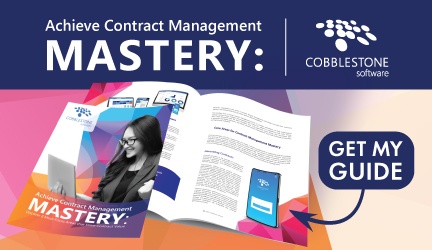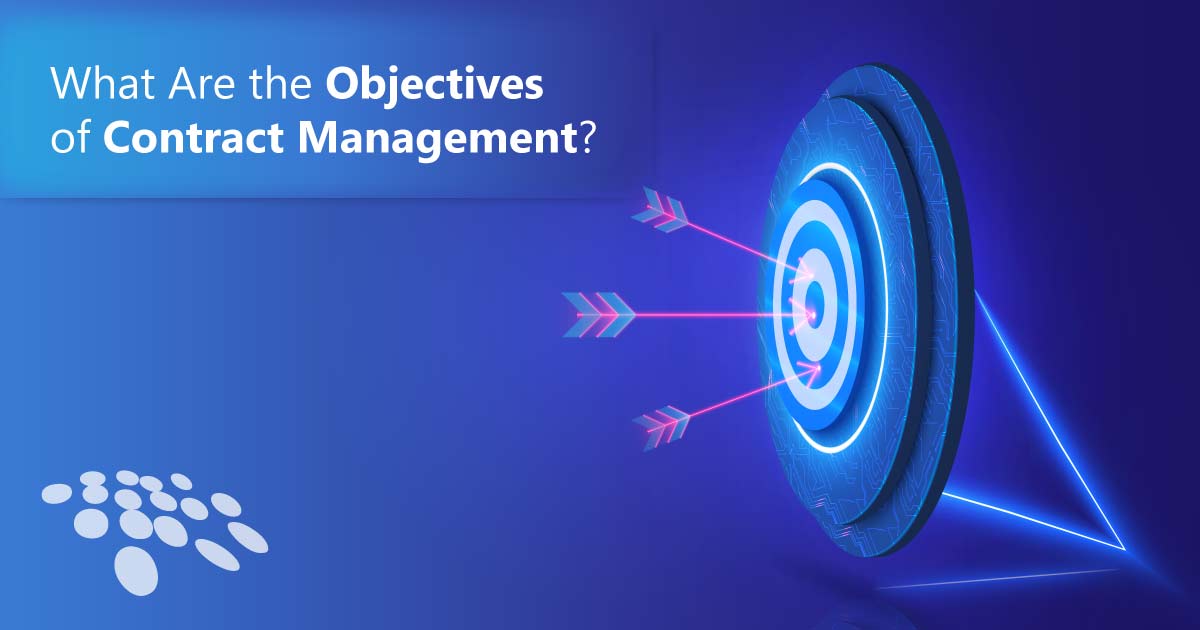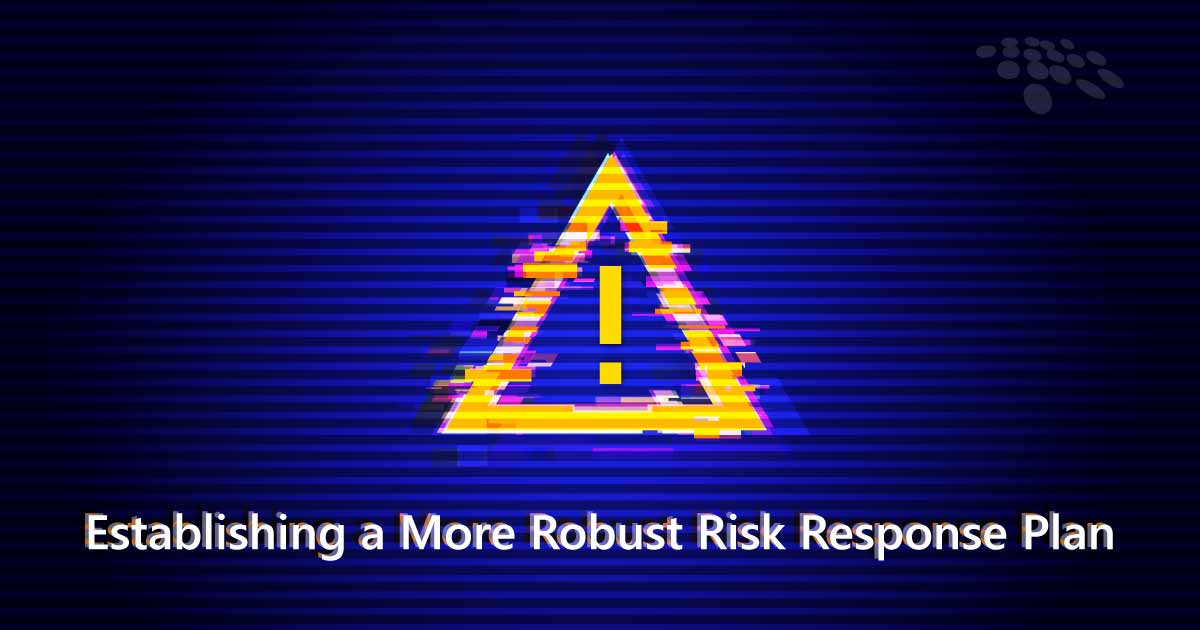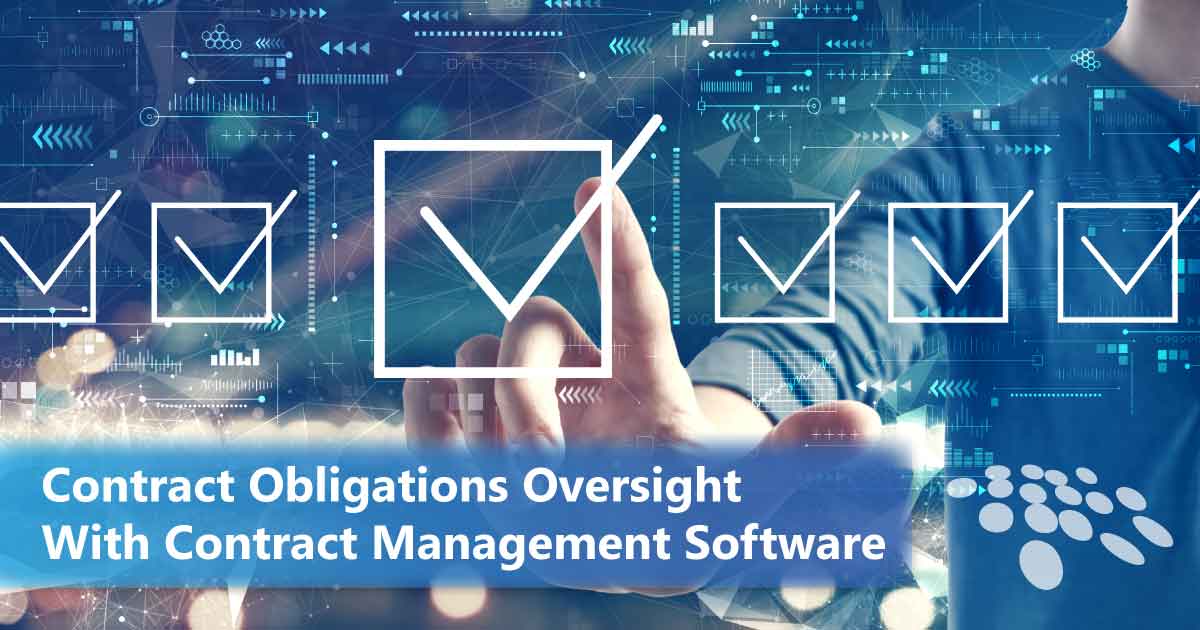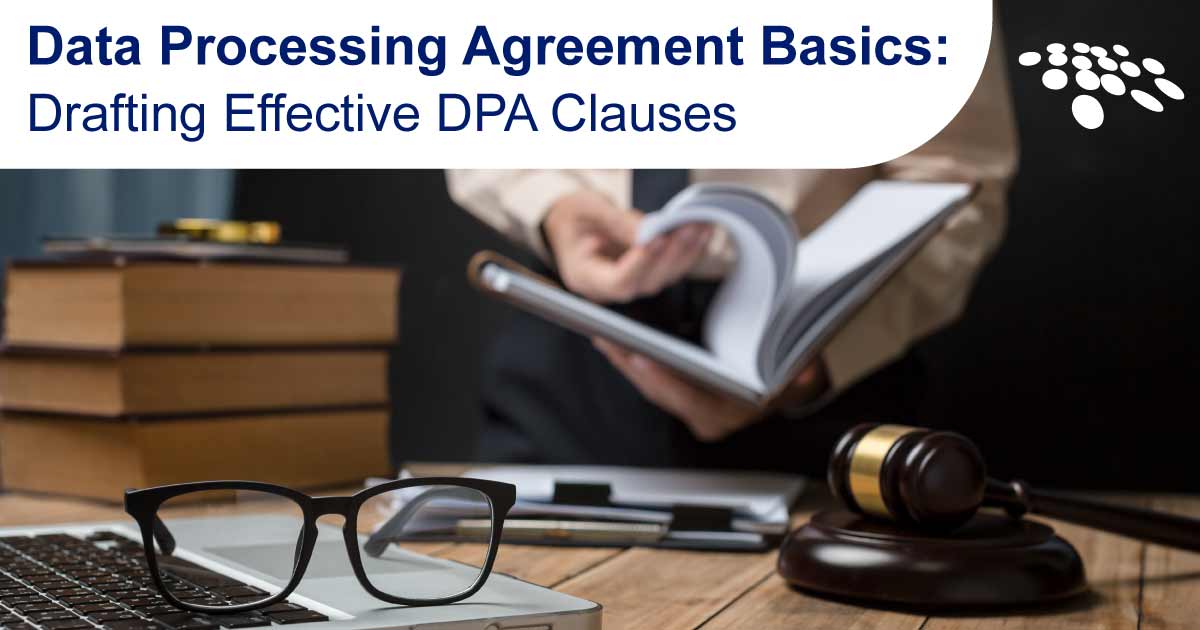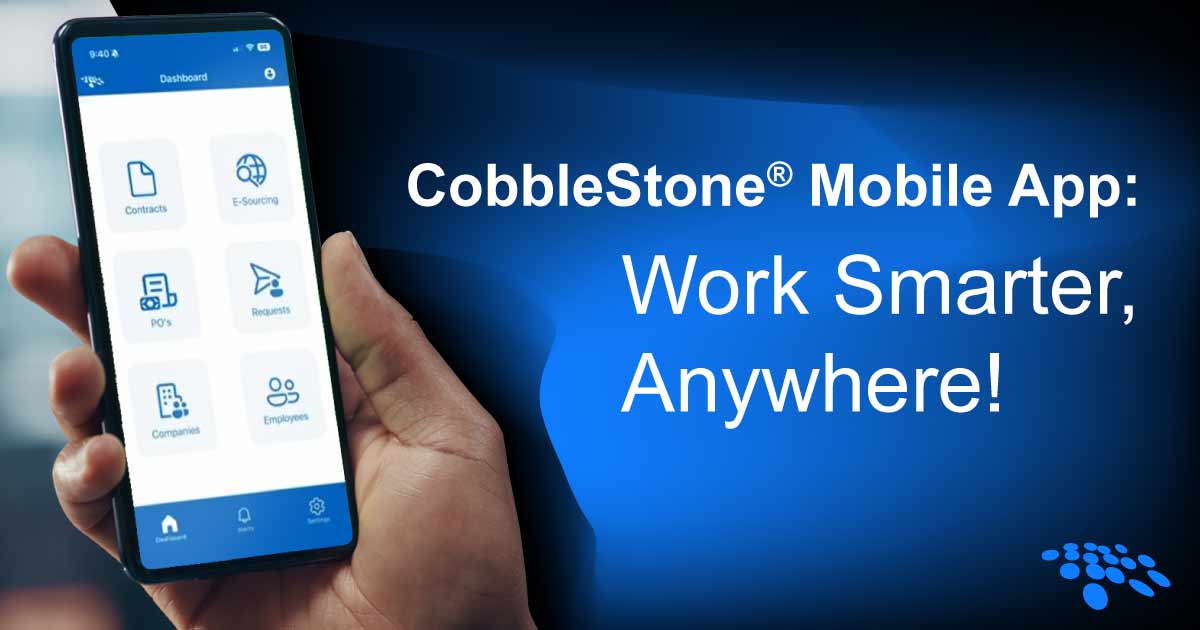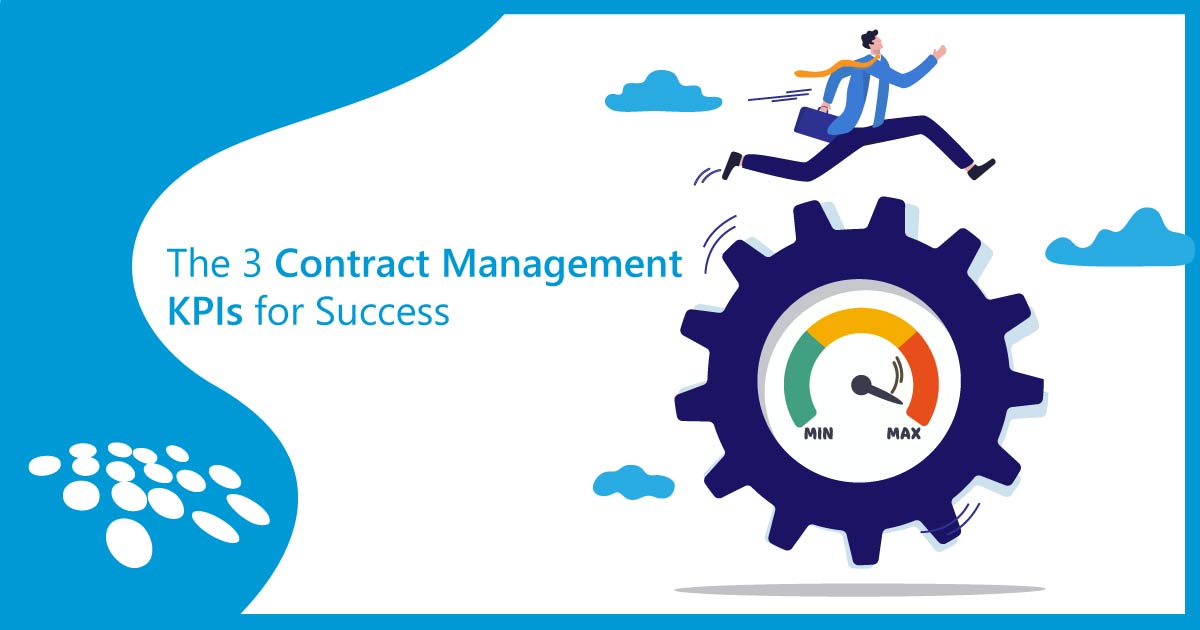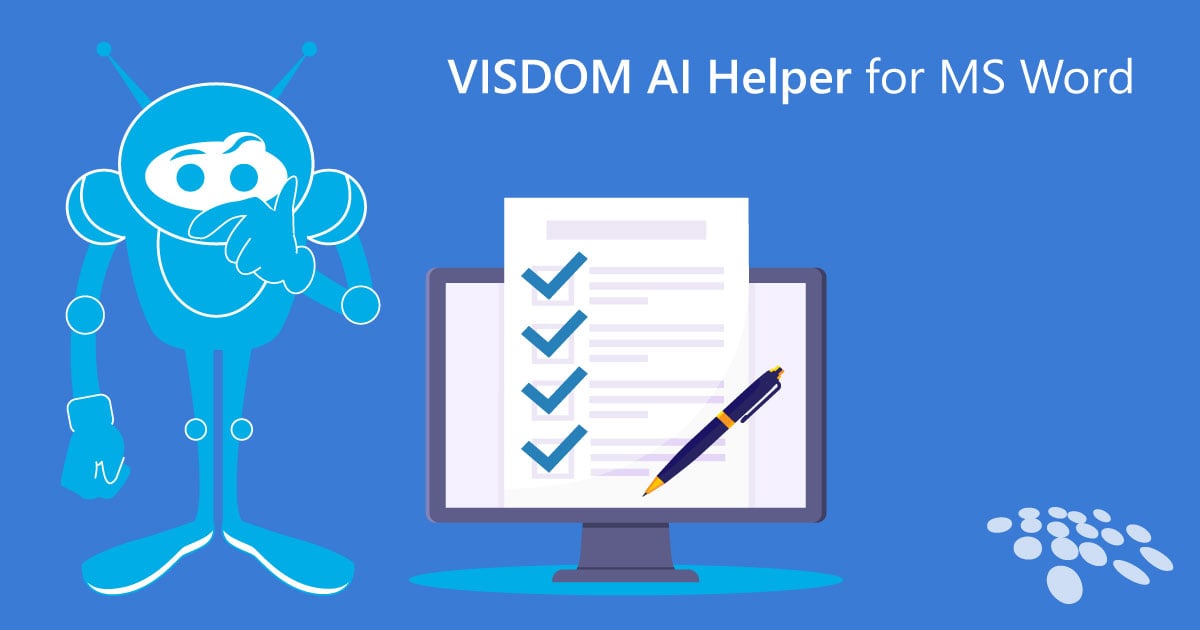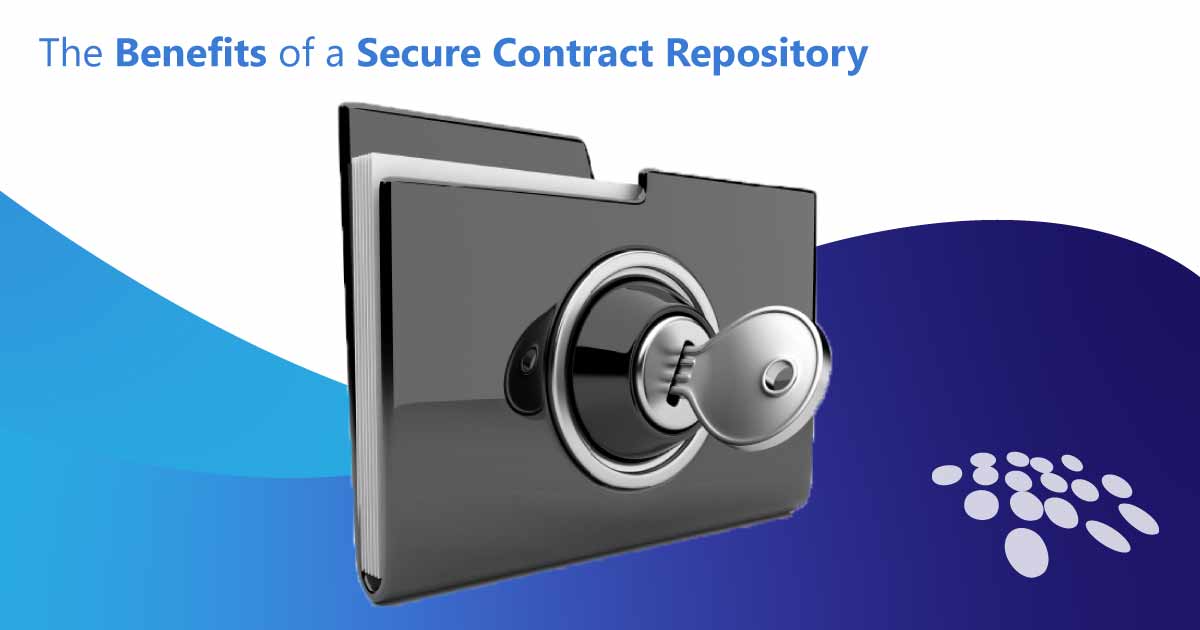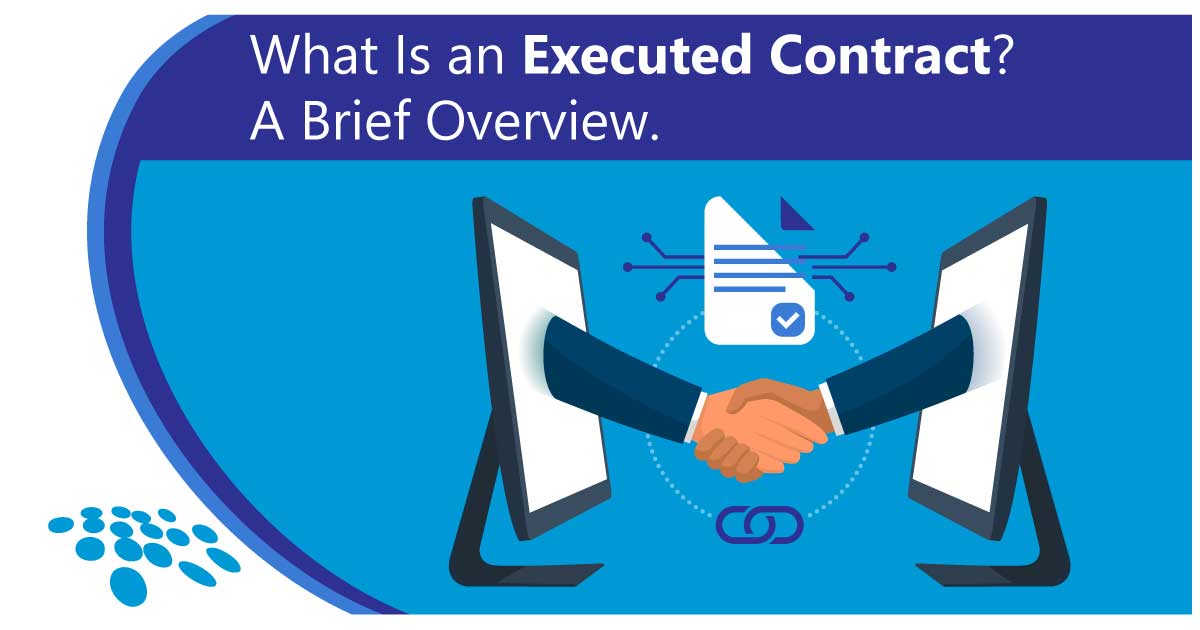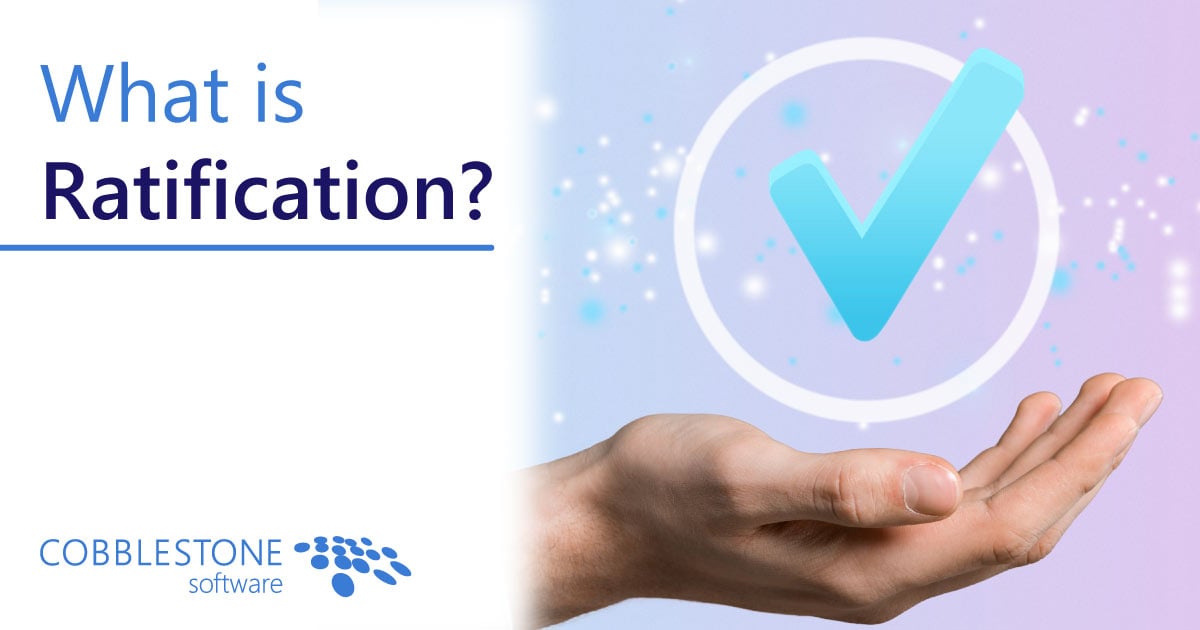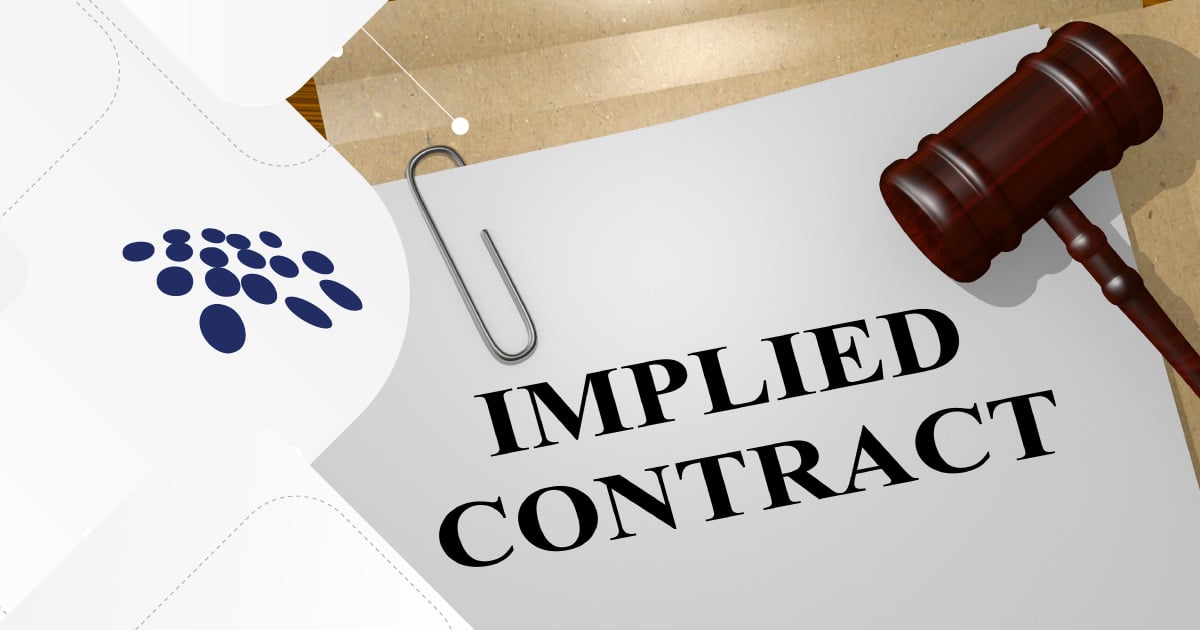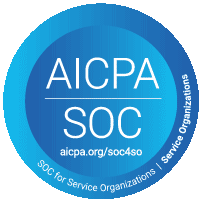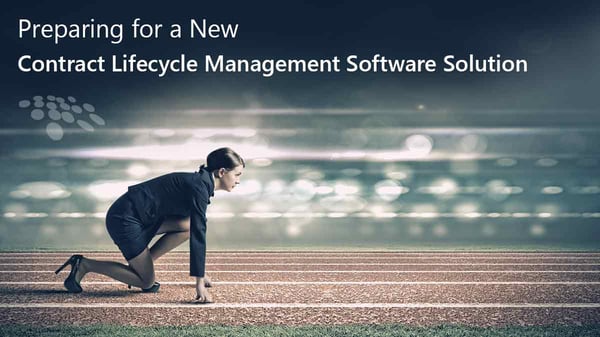
Introducing a new contract management software solution can be a painless process or a long and difficult one. Taking steps to prepare for the CLM implementation helps ensure the process is efficient rather than arduous and helps guarantee success. The following steps can help lead to successful implementation:
- Determine contract administrators for the project.
- Assess and track contract data.
- Consider contract processes and configure procedures.
- Increase security with contract management permissions.
- Define necessary contract management reports.
- Collect and clean contract management data.
Read on to discover how to leverage the above-mentioned steps to successfully implement your contract lifecycle management software.
Step 1 - Determine Contract Administrators for the Project
Before a final decision on a contract software is made, be sure to determine the individual(s) to oversee the project. Whoever is in this role is typically responsible for captaining the pre-implementation, data-gathering process, and the implementation itself with or without the CLM vendor. Contract administrators help collect deliverables, keep team members on track, and operate as the final decision makers when configuring the system.
When selecting system administrators - remember this idiom: “There are too many cooks in the kitchen.” Limit the number of contract administrators to help keep consensus and the process moving along. Best practices advise having one to three system administrators - the latter only if many users and departments are working with the software. As the primary point of contact, system administrators should be on each training session and working session while the CLM software solution is configured.
Aside from having to schedule around each other’s calendars, system administrators should be able to dedicate time each week to the CLM implementation process and be able to keep employees engaged with the system. Keeping the project moving forward and alive is paramount to success.
Step 2 - Assess and Track Contract Data
When reviewing possible contract management solutions, consider the data to be tracked within them. Consider what information is relevant to the contract. Don’t recreate another database to which your new solution is to work alongside unless the idea is to replace the existing one. Think out the data needed for vendors, clients, employees, users, and contracts.
Having the flexibility to track necessary contract data is vital in the selection of the contract software solution. A great way to move forward is to develop a list of your organization’s contract types. For each type, determine the important contract data fields your team needs to track. Keep in mind that any screen with over fifteen data entry fields is seen as complex for users. So, try to focus on the key data fields, mark them as required, and keep the remainder of the data fields as optional.
Step 3 – Consider Contract Processes and Configure Procedures
Doing some homework during CLM solution selection should help in finding the right CLM software to fit your needs. While in the selection process, think about the processes, the procedures already in practice, and those that could be practiced later. Considering this, it is vital to select a system that can change as your organization changes.
Your new solution is only as smart as the data you track within it. If rules are needed for processes and procedures pertaining to your organization’s records, they will have to be tracked within the software, so ideas that are taken for granted outside of a software solution may need to be explicit inside of it. Consider what drives a contract workflow process as well as who needs to work with an agreement when and who needs to be alerted to activity. Think about the detailed steps through which a contract record progresses before being considered a live contract and enable a process to satisfy each step.
Step 4 – Increase Security With Contract Management Permissions
Consider that not every software solution fits a single mold; not every user does either - and it’s important to think about who needs to do what with a given contract record. For instance, some users may only require read-only access while others require full access, including drafting and signing. Thus, you will need to define user permissions.
Step 5 - Define Necessary Contract Management Reports
Contract data needs to be tracked to measure success. Define the contract data tracking reports your users need to be successful. Some users may need to see a set of data every time they log into the solution. Others may never need to log in but need to see another set of contract data on a recurring basis.
Since different user levels and roles may have diverse needs, examine existing contract data tracking, and consider pertinent data tracking for the various employees within your organization. Data entered into the system could be used for a set of metrics. Think about what metrics are being measured or need to be measured. Review contract management data to be tracked to see if anything needs to be added or removed to ensure it aligns with organizational and individual goals.
Step 6 - Collect and Clean Contract Management Data
Finally, you can discard unnecessary clutter in your data and organize all that remains. You can gather data from outside the system. Existing contract data may be in existing CLM software, spreadsheets, or paper copies. You can review the existing data for duplicates from multiple locations. With your new CLM enterprise solution, such redundancies may not be necessary.
If the contract data is outdated, you can archive it. If you are archiving that data in your new contract management software, consider which pieces of data are to be archived with the software and which are to remain outside. Review the data for personally identifiable information (PII) and/or personal health information (PHI). If that data is to be retained within the new solution, consider how it is to be safeguarded.
Discover how you can build your contract lifecycle management system in the video below.
Prepare for CLM Success With CobbleStone Contract Insight®
Implementation of any new contract lifecycle management software solution can be a time-consuming and trying process without the right pre-implementation support. By preparing for the implementation, however, chances of success and ease increase greatly – especially when working with a highly effective CLM software implementor who can offer effective preparatory steps prior to the implementation start date. CobbleStone Software retains a rich history of successfully implementing thousands of CLM users with unparalleled customer service. Upon selecting CobbleStone Contract Insight, you can work closely with our expert in-house resources, ask questions, and prepare for a highly successful CLM system launch.
CobbleStone Software continues to be a visionary leader in CLM software for over 20 years. CobbleStone’s user-friendly, robust, and scalable solution seamlessly integrates with mission-critical applications for unified and seamless contract management. CobbleStone Software, as a software provider, also remains SOC 1 and SOC 2 compliant to encourage paramount security.
See why Forrester names CobbleStone a Leader in CLM software in the video below.
Discover why thousands of contract managers trust CobbleStone Software with their contract management needs. To learn more about CobbleStone’s unparalleled contract management software, book a free demo with a CobbleStone Contract Insight expert today!
To stay up to date on best practices, industry news, and CobbleStone Software updates, be sure to subscribe to our blog and YouTube Channel.
Are you interested in future-minded contract management software tools? In our blog - 6 Critical Contract Management Tools for 2021 – learn how to leverage industry-leading CLM software tools for streamlined, user-friendly, and low-friction contract lifecycle management success!



